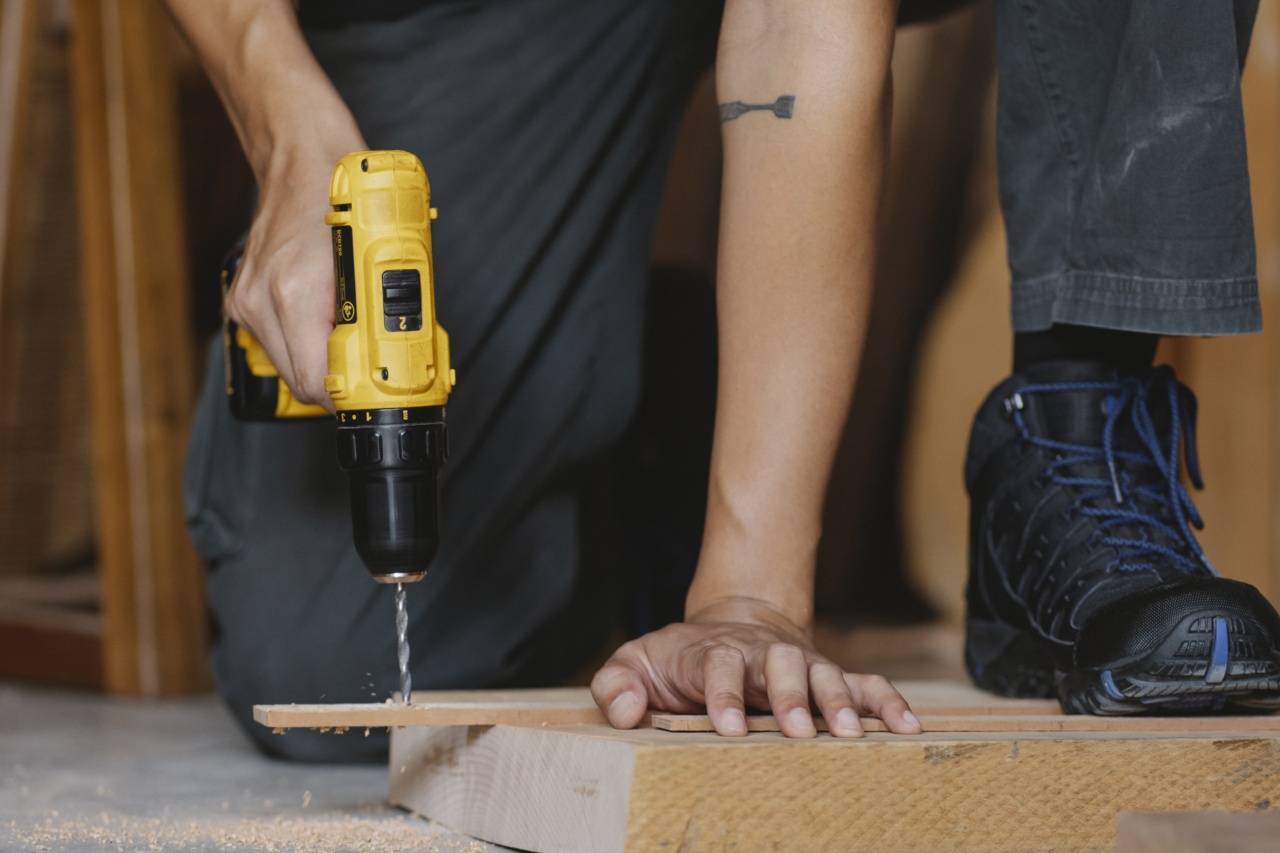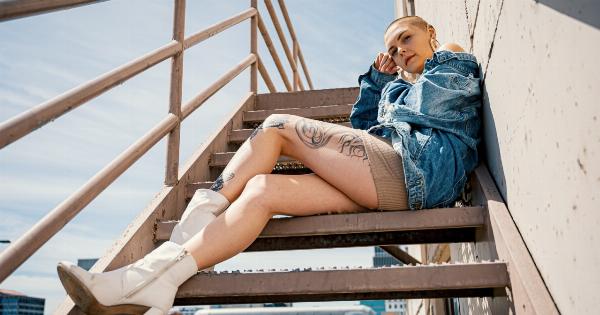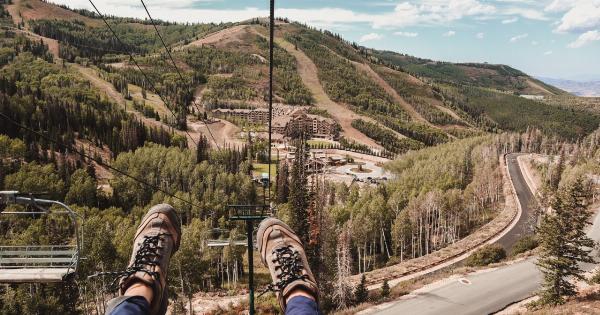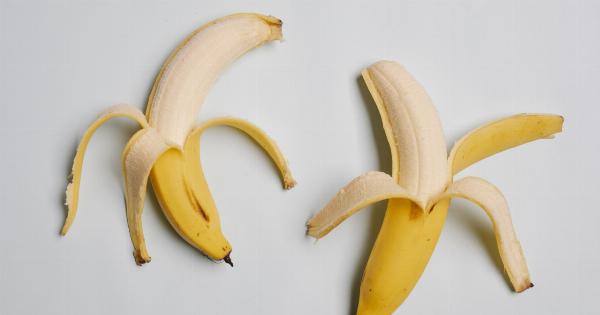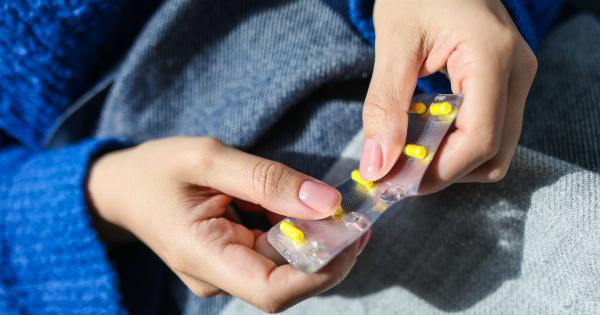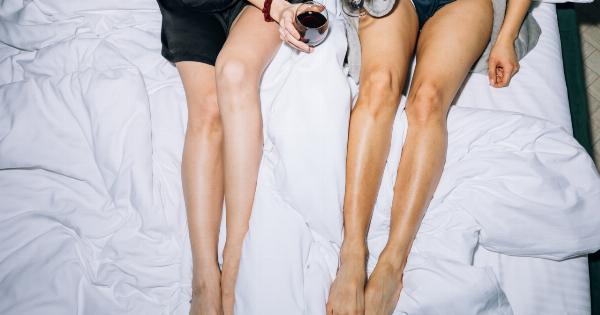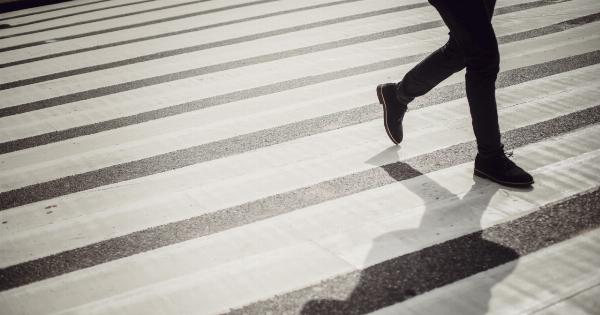Foot blisters can be a painful annoyance that can make it difficult to walk or engage in daily activities.
Whether you’re an athlete or simply spend a lot of time on your feet, blisters are common and can occur for a variety of reasons, including friction, moisture, or ill-fitting shoes. While prevention is always the best approach, sometimes blisters can’t be avoided. In this article, we will explore some quick fixes for easing the pain and promoting healing of foot blisters.
1. Clean and Protect the Blister
The first step in treating foot blisters is to clean the area with mild soap and water. This helps prevent infection and removes any dirt or debris. Once clean, cover the blister with a sterile adhesive bandage or blister pad.
These protect the blister from further irritation and provide cushioning.
2. Keep the Blister Intact
While it may be tempting to pop or drain a blister, it’s generally best to leave it intact. The skin over the blister provides a natural barrier against infection.
If the blister is in a particularly painful spot or if it has already burst on its own, it’s essential to keep the area clean and covered.
3. Use Moleskin Padding
Moleskin is a soft, adhesive padding material that can be used to protect blisters and reduce friction. Cut a piece of moleskin slightly larger than the blister and apply it over the affected area.
This helps alleviate pressure and prevents the blister from rubbing against shoes or socks.
4. Apply Petroleum Jelly
Applying petroleum jelly to the blistered area can help reduce friction and promote healing. The jelly creates a protective layer between the blister and footwear, minimizing further irritation.
5. Use a Compeed Patch
Compeed patches are a type of hydrocolloid dressing specifically designed for blisters. These adhesive patches provide cushioning, absorb excess moisture, and create an optimal healing environment.
Place a Compeed patch over the blister, ensuring the edges are firmly stuck down.
6. Soak in Epsom Salt Bath
If your blister has burst or is causing extreme discomfort, consider soaking your feet in an Epsom salt bath. Dissolve a tablespoon of Epsom salt in warm water and soak your feet for approximately 15 minutes.
Epsom salt helps reduce inflammation, soothes pain, and aids in drying out the blister.
7. Apply Aloe Vera Gel
Aloe vera gel has natural anti-inflammatory properties and can help soothe blistered skin. Apply a small amount of pure aloe vera gel to the affected area and let it dry. Reapply as needed to provide relief and promote healing.
8. Elevate and Rest
Resting and elevating the affected foot can reduce swelling and minimize discomfort. Whenever possible, prop your foot up on a pillow or cushion to help with drainage and blood flow.
9. Wear Properly Fitted Shoes and Socks
Prevention is key when it comes to foot blisters. Ensure you are wearing properly fitted shoes that provide enough room for your toes and do not rub or pinch. Opt for moisture-wicking socks that keep your feet dry and reduce friction.
10. Seek Medical Attention for Infected Blisters
If a blister shows signs of infection such as increasing redness, warmth, pus, or severe pain, it’s crucial to seek medical attention. Infected blisters may require treatment with antibiotics or drainage by a healthcare professional.
